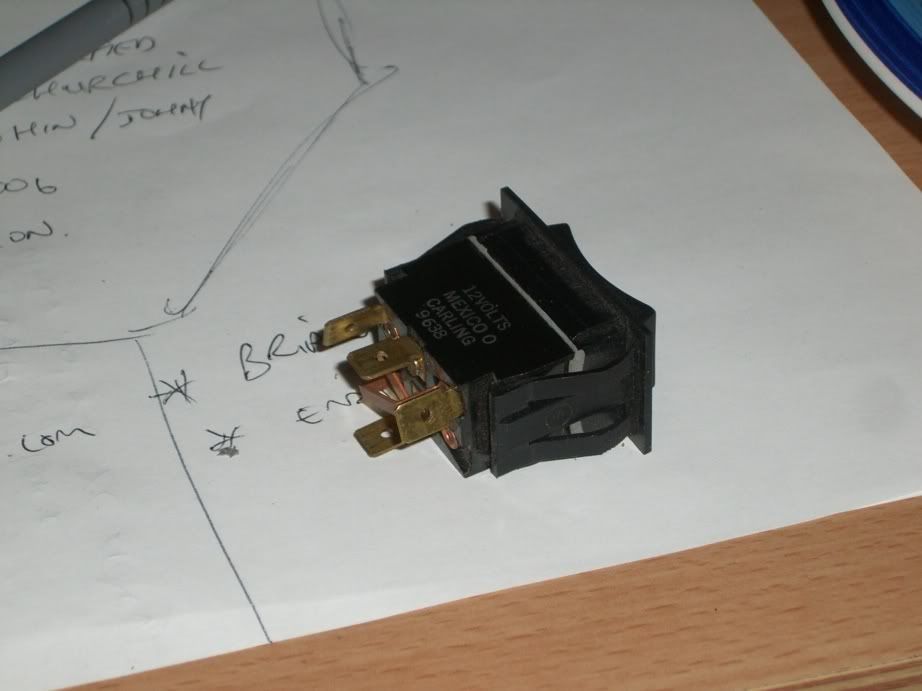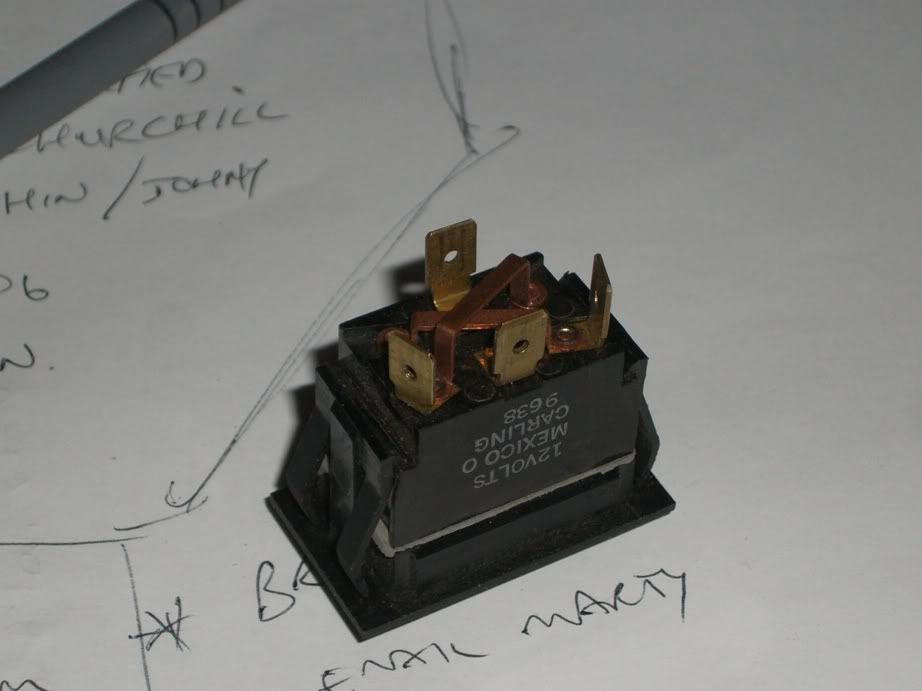I like the momentary/continuous function of it, with light up bits, but I can't work it out on the multimeter...
The instructions on the Redarc call for 10amp momentary switch, but I figure this must be rated higher, and it will be able to hold the load continuously ie. batteries joined (needed to run a 1500w inverter)
So, question is, how do I wire it up. For the redarc, I simply need a feed from the redarc, and a return to it, with a connection (switch) in between. We'll assume the current will be enough to run the LED's in the switch. Question is, what goes where??



